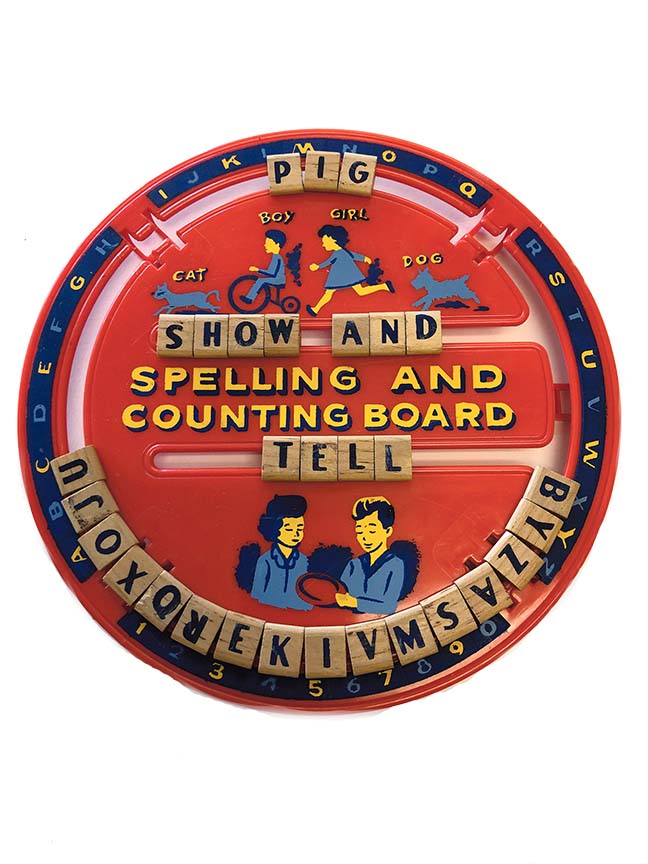
Dorri Partain
Contributor
Now I know my ABC’s, won’t you spell along with me? Whether used at school or at home, educational toys have served the purpose of keeping children entertained while learning.
Childhood friends John Fox (1859-1933) and Horatio G. Cress (1859-1943) worked together to devise a spelling toy for the Fox Novelty Company that Fox had founded in 1903. The Original Educational Reversible Cress Board was patented in 1912 and saw many changes from the original design in the following two decades, including a change of manufacturers. Following a fire at Fox’s factory, Cress started his own company, Cressco, in Troy, Ohio, in 1916 after receiving US Patent 1184326 for his improved “Educational Device.”
The 1916 patent states that “the object of this invention is to provide a simple and cheap education device for children’s use, consisting of a slotted support (base) and a set of movable buttons adapted to be positioned in various order therein.”
Cress continued to update his design, changing the original oval base to a round base, making it reversible with numbers on the back side of the wooden tiles, or with a chalkboard or game board on the reverse.
The outer ring could be used to store letters, and inner “branches” would be used to spell words or work math problems. Changing the shape from oval to round allowed for two branches to spell words or create short sentences.
Once again, the spelling toy found another manufacturer in 1940 when the Cressco factory caught fire and Cress sold the rights to the Richmond School Furniture Company of Muncie, Ind.
The toy was re-titled as the Junior Spelling and Number Board and made of pressboard like Cress’s design. The company switched to making base round, oval or square with rounded corners until 1961, when the company closed.
Despite Cress’s patents and Richmond’s rights to the design, numerous small toy companies copied and made their own versions with slight changes, namely to the designs along the base of the toy, and forming the base from plastic, such as the version pictured, which bears no company mark. Along with all the letters of the alphabet, the board contains an additional A, E, L and S, but the letters C and F are now missing.



















